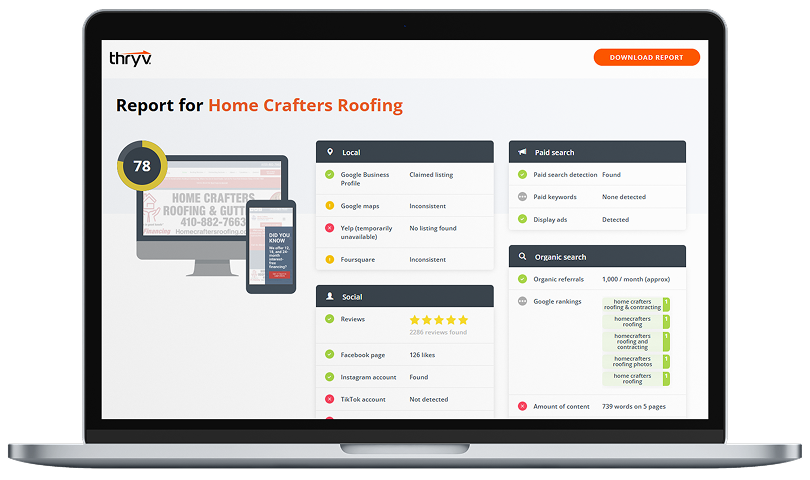Why Web Analytics?

Tips to Improve Your Business with Analytics
- Install Google Analytics or another web tracking tool
- Install analytic tracking code on every page of your website
- Determine which page of your website gets the most pageviews
- Determine which page of your website gets the lowest bounce rates
- Set up custom conversions to track when a customer purchases
- Set up custom goals to track how well customers are doing what you would like them to do
- Create multiple custom dashboards
- Schedule automatic weekly updates from your reporting tool
- Track and tag online campaigns that drive traffic to your site
- Measure and compare web performance from different time periods
- Create an advanced segment of people who view your site more than 3 times
- Create an advanced segment of people who come from Facebook
- Determine which keywords are bringing in the most traffic organically
- Analyze path reports to see how customers are navigating throughout your website
- Measure how social media is referring traffic to your site
- Track your social media efforts
- Schedule time to review Facebook insights
- Sign up for bit.ly to track social link sharing
- Sign up for hootsuite to track social
- Start a newsletter and collect email addresses from your readers
- Track open rates and click-through rates from people opening email
- Set up tracking for visitors who search your site
- Study visitors who immediately bounce to improve your site
- Set goals to improve time spent on site
- Set up A/B testing to experiment with what type of message your visitors respond to
- Share insights with other people in your company
- Look at Click map to see what kind of things people are clicking on the most
- Look at demographics to see where your visitors come from
- Pay attention to what Operating System visitors are using
- Pay attention to the different types of mobile devices
- Pay attention to mobile growth
- Have a balance of sources of traffic ie: Organic, Paid, Social, Referrals
- Make sure to have fast page load performance
- Isolate how people are behaving when they land on the homepage
- Track engagement on your site ie: comments or social sharing links
- Monitor what people are saying about you on the web via: blogs, forums, or social
- Discipline to improve one metric week after week
- Understand how to data capture important items that affect your bottom line
- Understand how you acquire a customer online
- Track the performance of online campaigns in relation to purchases
- Isolate your campaigns to track success
- Pinpoint peak web activity
- Nurture your most important referring traffic
- Compare your data against site averages
- Segment everything
- Correlate everything
- Don’t settle for pre-defined variables
- Extract insights not numbers
- Annotate known site improvements
- Test and double check custom implemented tracking
- Block internal employee traffic that might skew data
- Subscribe to web analytic blogs to keep up to date with best practices
- Experiment with different tracking tools
- Measure to improve revenue
- Determine your top landing pages
- Measure against your competition
- Study pathing to see how visitors get from Entry to Checkout
- Study why visitors are dropping out from Entry to Checkout
- Measure your data against your company KPI’s
- Identify your site goals
- Identify what product makes the most money
- Identify what content contributes to making the most money
- Learn analytic definitions between pageview, visit, dimension, metric, etc.
- Set goal, conversion, traffic targets to hit
- Understand the data before reacting to the data
- Join analytic discussion forums to receive help and lessons
- Create a word cloud for your content or search terms
- Analyze direct traffic to determine brand strength
- Focus on loyal and repeat visitors within a short timeframe
- Track user-generated content
- Nurture your most loyal repeat customers
- Determine your top 5% customers
- Strive to review analytics on a scheduled routine basis
- Determine what metrics you know
- Determine what metrics you know you don’t know
- Seek to discover metrics that are unknown
- Get in the mindset to be driven by data
- Keep a log of what works
- Keep a log of what doesn’t work
- Use analytics for guidance and not an end-all be-all, always experiment
- Network with other web analytic professionals
- Join analytic meetups
- Find ways to implement custom variables
- Explore different ways to visualize data
- Don’t be confined by the reporting tool
- Play with data in Excel
- Don’t settle for incremental improvements
- Strive for triple digit improvements
- Get an analytic book
- Take an analytic class
- Get a web analytic certification
- Practice web analysis on your site as well as your friends’ or family’s sites
- Make and discuss analytical decisions as a team
- Pinpoint weak web activity
- Annotate changes that might skew your data
- Correlate different metrics and dimensions to get new insights
- React to large peaks or dips in data with passive caution rather than aggressive
- Determine which keyword phrases drive traffic to your site
- Track web growth from foreign languages and countries
- Set up custom alerts and notifications in large data spikes
- Allow multiple analytic access to key people in your business


